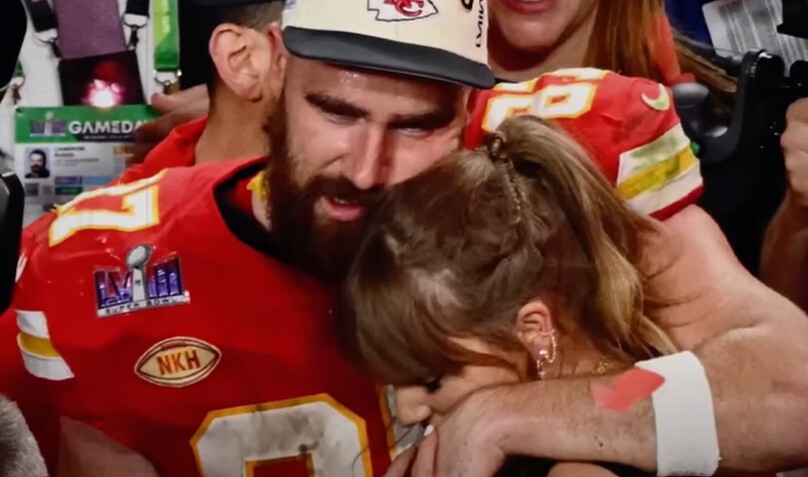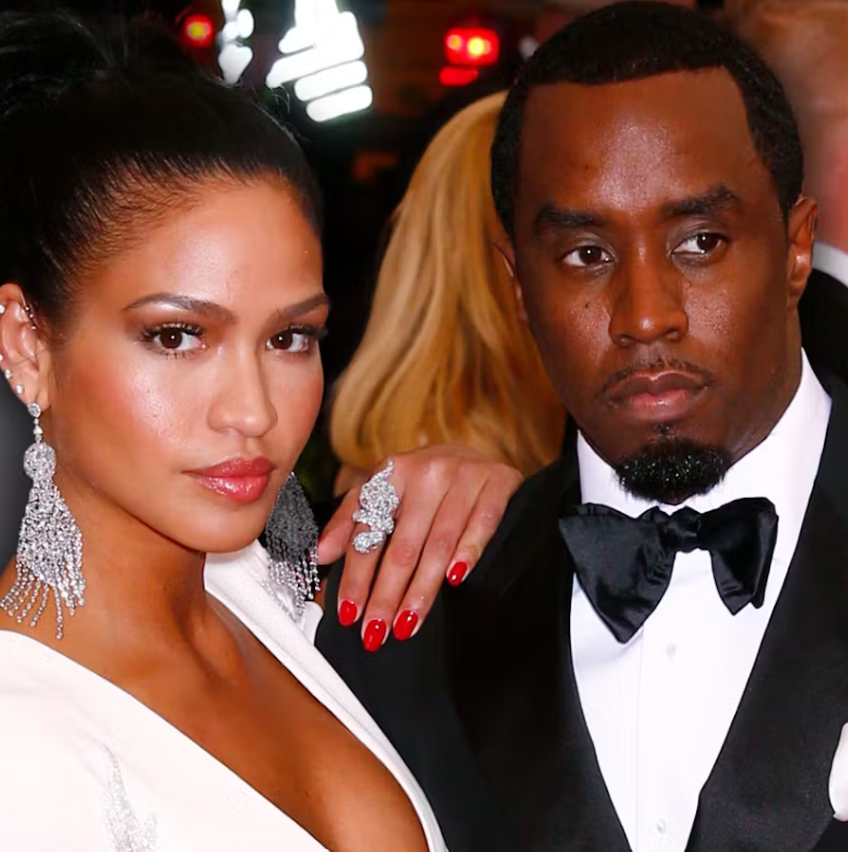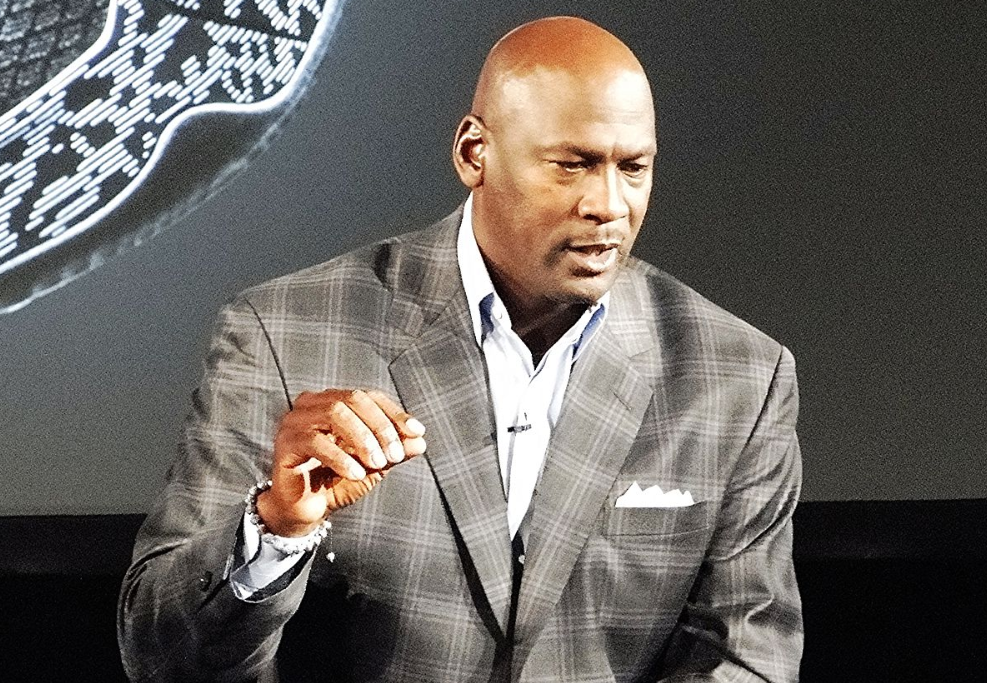In the grand tapestry of Taylor Swift’s love life, her latest chapter with NFL star Travis Kelce has been nothing short of a spectacle, one that’s had the pop culture world buzzing. But, if you ask Jana Hocking, there’s a glaring reason this romance might just be another “Era” in Swift’s anthology of relationships rather than the grand finale. As Swift and Kelce’s whirlwind love story unfolds under the public eye, Hocking delves into the dynamics of this coupling with a blend of humor and skepticism.
Swift, known for her lyrical storytelling and musical wizardry, has a dating history as colorful and diverse as her discography. From English charmers like Harry Styles and Joe Alwyn to Hollywood heartthrobs such as Taylor Lautner and Jake Gyllenhaal, Swift has navigated through various “Eras” of romance, each bringing its own flavor and inspiration to her life and work. Now, with Kelce, Swift ventures into the “Footballer Era,” a shift that has raised eyebrows and piqued interest.

Hocking humorously recounts Swift’s journey through these romantic epochs, comparing them to her own adventures in dating. She playfully reflects on the allure of British accents, the drama of actors, and the irresistible charm of musicians, drawing parallels between Swift’s experiences and her own dalliances with love. Yet, when it comes to Swift and Kelce’s relationship, Hocking can’t help but express her doubts.
The crux of Hocking’s argument lies in the stark contrast between Swift’s creative, introspective world and Kelce’s athletic, action-packed life. While Swift pens soul-stirring ballads and serenades her cats, Kelce lives in a universe of touchdowns, beer, and locker room banter. Despite their mutual appreciation for sequined outfits and the initial spark that undoubtedly brought them together, Hocking questions the depth of their connection beyond the surface-level attraction.
Drawing on high school archetypes, Hocking likens their pairing to that of a jock and a music nerd – a classic mismatch in the social ecosystem. She imagines their conversations, filled more with accolades from the football field than with philosophical musings or artistic collaborations. It’s a relationship, she argues, built on the fleeting foundations of lust rather than the lasting bonds of shared passions and intellectual compatibility.
As Swift’s “Jock Era” unfolds, Hocking offers a gentle reminder of the singer’s roots in the creative community. She imagines a future where Swift returns to the fold of fellow artists and collaborators, those who speak her language of melodies and metaphors. It’s a future where Swift finds companionship not in the ephemeral glow of athletic prowess but in the enduring light of shared creativity.

In the end, Hocking’s take on Swift and Kelce’s relationship is as much a reflection on the nature of love and compatibility as it is a commentary on celebrity romances. With a wink and a nudge, she bids Swift well on her current journey, all the while holding out hope for a return to the creative connections that truly resonate with the singer’s heart. And, in a playful twist, Hocking throws her own hat into the ring, inviting John Mayer to make some “sweet, sweet music” together.




